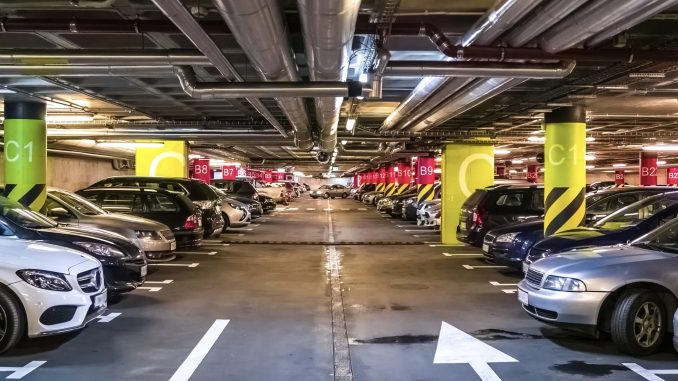
“Driving into the city feels like a dreaded experience,” says Max, an IT engineer originally from Goulburn who has lived and worked in Sydney for the past five years.
The location of his office in the CBD requires him to commute each day through a process of searching for affordable or unrestricted street parking or cheaper private lots “It’s not just the money—it’s the time, the uncertainty, and knowing that if I’m late by five minutes, I might be hit with a $90 fine.”
Max has to choose to use public transport as his main transport option now because parking fees and toll roads and the need to plan his movements were becoming too much to handle.
Max’s impression is far from unique — in fact, unfair parking fees and insufficient parking lots are squeezing city access for most citizens.
Situation
Sydney has officially cemented its place as the most expensive city in Australia—and one of the costly globally—when it comes with average daily parking rates in CBD topping A$77.30—surpassing not only in both Melbourne and Brisbane(average A$60.60 per day), but even central New York and London.
According to NRMA’s Parkin’ Mad report, In Sydney, parking costs have risen by 9% since 2016, while disposable income has decreased by 13%, increasing the burden of parking fees on household budgets for those who need to park in the CBD.
NRMA spokesperson Peter Khoury said when Sydney motorists were forced to pay double the daily parking fees of some of their counterparts in the United States it was clear the system was broken and needed to be fixed.
“Sydney’s daily parking fees are hitting ridiculous heights at a time when family budgets are stretched and Sydneysiders can afford it least,” Mr Khoury said. “Parking costs continue to spike in Sydney at the same time disposable incomes are falling, and we know this imbalance is increasingly unsustainable – at the same time the number of available parking spaces per capita in Sydney is falling – something needs to be done to rectify this problem.”
Parking space is killing by city planning
Elton, a 30-year-old delivery driver originally from China, services 12 restaurants across Sydney’s CBD each day in a van as part of a hospitality supply chain company.
“During my shift, it’s rare to find a parking spot that’s close enough and large enough for unloading,” he explained. “Sometimes I must push a heavy trolley over 200 metres. Other times, I just leave the engine running with the hazard lights on, pretending I’m loading, not parking—just to avoid getting fined by patrol officers.”
Cost is not the only problem. The number of available parking spaces in Sydney’s centre is also shrinking. According to the research, from 2014 to 2023, the average number of CBD parking spaces per central worker fell from 0.21 to just 0.14. That’s a 33% reduction in under a decade.
The reduction in parking space is not a random occurrence. The reduction in on-street car access results from urban planning decisions that focus on public transport, pedestrian zones and bike lanes. Critics argue that essential worker needs and service vehicle requirements received insufficient attention during these changes which aim to create a liveable and climate-friendly city.
The diminishing commercial and short-term parking options create major logistical problems that result in delayed deliveries and increased workplace pressure and safety risks for tradesmen like Elton. “If I can’t stop near the restaurant, I waste time, risk fines, and I’m also putting myself and others in danger moving heavy loads through traffic,” he said.
A revenue income or a public service
To address the challenges of parking management, we sought insights and recommendations from experts in the field. Australia’s two dominant private parking operators—Wilson Parking and Secure Parking—unfortunately,declined to comment or disclose financial details for this report. However, their density of car parks in the Sydney CBD can be seen on their websites and this gives some idea of the scale of their operations and profitability. In a city where on-street parking is increasingly scarce, drivers are often left with little choice but to turn to these carparks for alternative.
In this environment, the boundary between essential public infrastructure and private revenue generation becomes increasingly blurred. Unlike public transport, which is regulated and subsidised to ensure affordability and access, off-street parking is driven by commercial logic. Prices are dynamic shaped by time of day, demand, and proximity to popular areas. For example, According the results showing by real-time parking fee calculator app Parkopedia, parking for just 2.5 hours near Martin Place during dinner hours can cost up to $89.
Future
The government has not yet introduced a service that is both affordable and serves the public interest. However, the public’s participation in city life is obstructed by the agreements between city councils and private parking operators who create an unfair system of parking charges. The City of Sydney council earned substantial parking income in the last year from parking meters, with the highest earning meters receiving over $180,000 and total parking revenue exceeding $41.5 million.
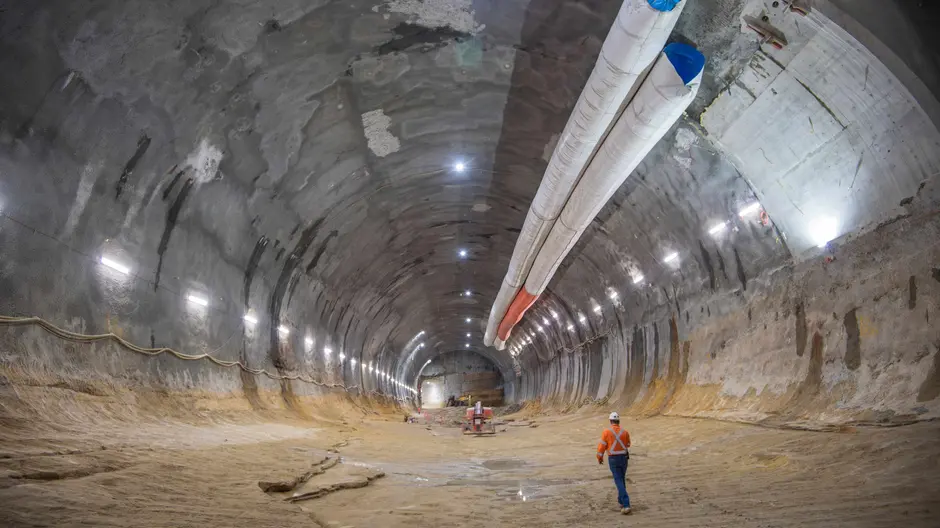
This has raised doubts about the fairness of the distribution of the benefits of urbanization. It is encouraging to see the government include public transport in the Sydney’s five-year development outlook as the three new metro lines will open in the coming years to reduce traffic and provide a better option for the rainforests, ozone layer, and polar bears. Urban transport policies should be designed to promote sustainability and allow all citizens, particularly those who depend on cars, to be active in the city.
The Midpoint Review – A City for All from the City of Sydney shows that city officials must develop a flexible and inclusive parking strategy. This includes:
- Smart real-time parking systems need to be developed to reduce search time and reduce congestion.
- The Park & Ride facilities need to be extended in outer metro areas such as Parramatta and Green Square.
- The kerbside needs to be managed in a balanced way that includes the needs of all users, including delivery vehicles and short-stay customers.

Parking is not just about the availability of space – it is about the accessibility of that space. If the city is to be truly for all, it must support transport equity by making parking a part of a fairer mobility system. Only then can Sydney’s transition toward a sustainable urban future remain inclusive, effective, and economically resilient.
Survey
Hi people, we wanna hear your voice. If you own a car and suffer from the expensive parking fee in Sydney, please vote below and let’s see the best way to fix Sydney’s parking crisis!
Related Articles
9News. (2025, January 20). NSW public hospitals made $51.7 million from parking fees in just one year. Breaking Australian and World News Headlines – 9News. https://www.9news.com.au/national/nsw-public-hospitals-made-51-million-from-parking-fees-in-2024/9d39cc38-05c7-4a88-817b-3c5e77fe0abe
A city for all – towards a socially just and resilient Sydney – City of Sydney. (2024, December 20). City of Sydney. https://www.cityofsydney.nsw.gov.au/strategies-action-plans/social-sustainability-policy-action-plan
Sydney an unwanted global leader in exorbitant parking costs | Media Releases. (n.d.). https://www.mynrma.com.au/about/media/press-releases/2025/sydney-exorbitant-parking-costs
Sydney Metro Corporate Plan 2025-26 | Sydney Metro. (n.d.). Sydney Metro.
https://www.sydneymetro.info/article/sydney-metro-corporate-plan-2025-26
Transport & parking – City of Sydney. (n.d.). City of Sydney.

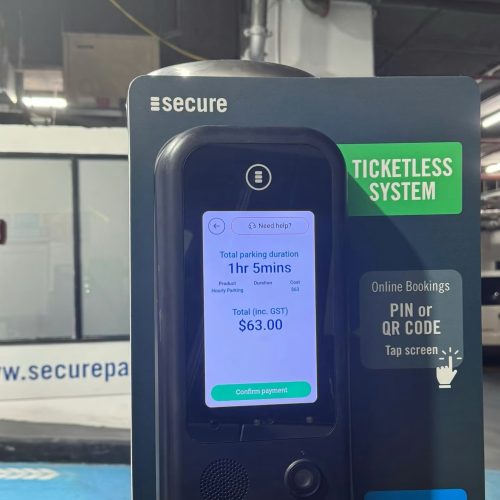
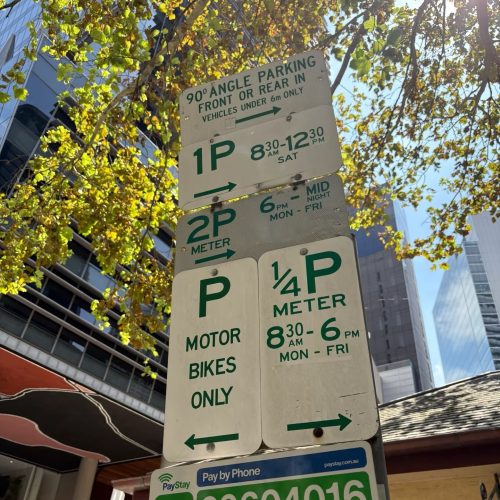




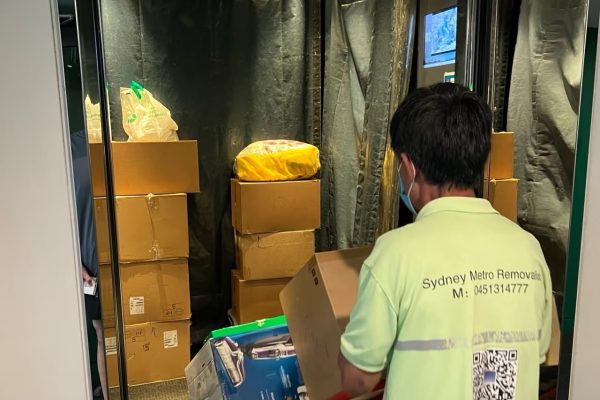






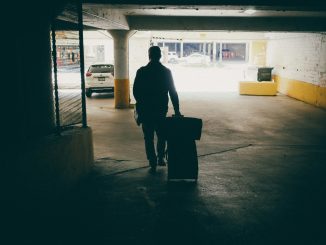
Be the first to comment